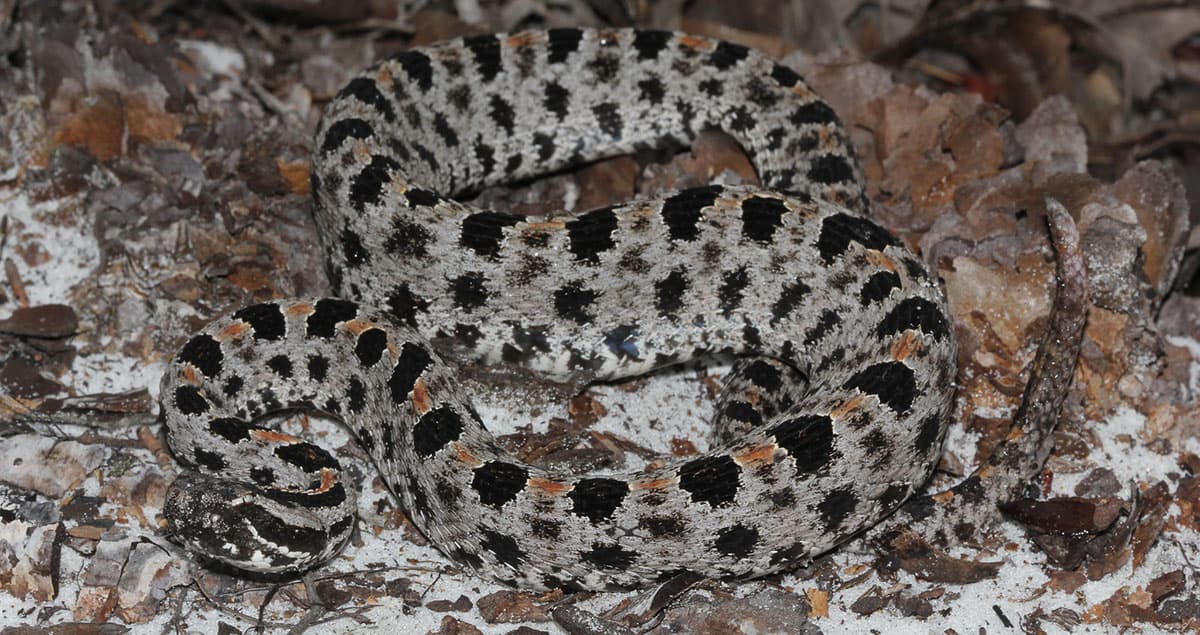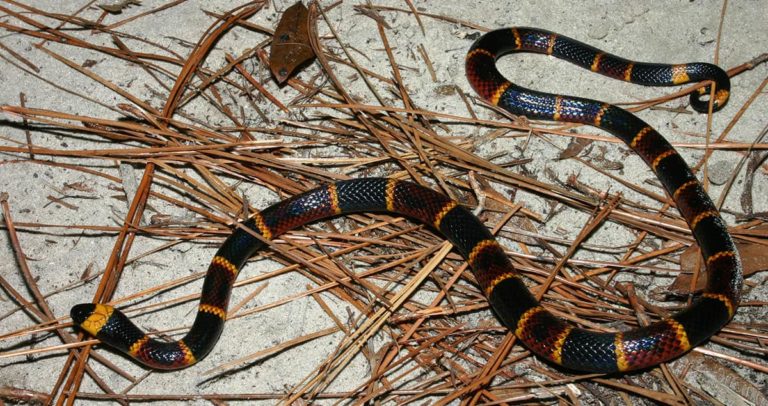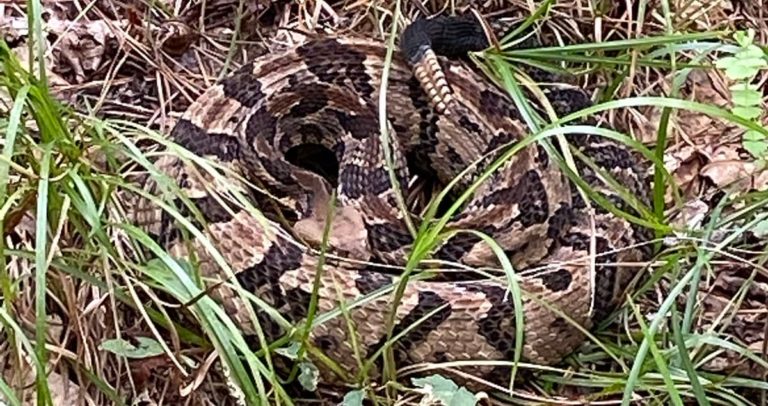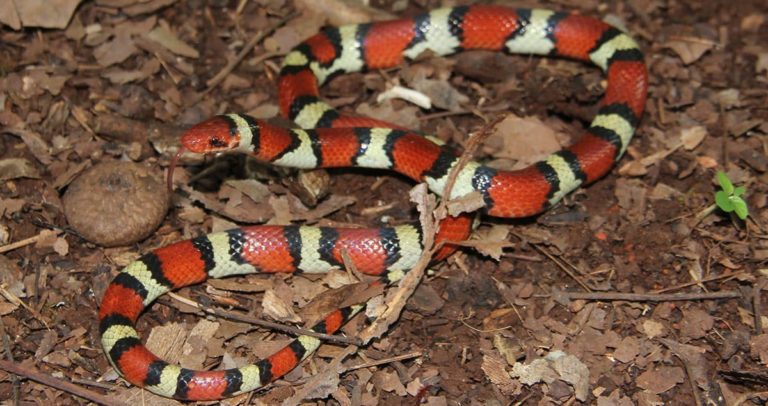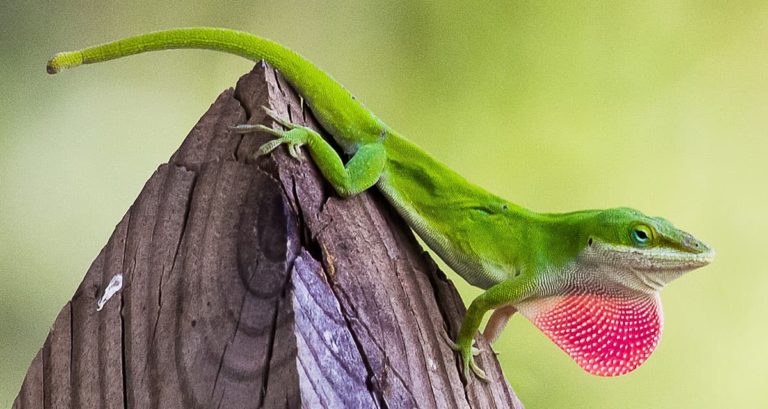Georgia’s Pygmy Rattlesnake
The pygmy rattlesnake, one of the smallest yet most distinctive rattlesnakes in the southeastern United States, is one of Georgia’s six venomous snakes. This article aims to provide a comprehensive understanding of this diminutive rattler, discussing its biology, habitat, behavior, conservation status, and its relationship with the human populations of Georgia.
Identification
The pygmy rattlesnake (Sistrurus miliarius), often known as the ground rattler, belongs to the Viperidae family. They are small, with adults averaging between 12 and 24 inches in length. Despite their small size, they are easily identifiable by their thick bodies, nine large head scales, and a tiny rattle that’s often difficult to see and hear.
Pygmy rattlesnakes come in various color morphs, including grey, red, and brown, and display a series of dark round or rectangular spots down their back.
Distribution and Habitat
Pygmy rattlesnakes can be found across Georgia, displaying a broad range and adaptability to various habitats. They can thrive in a multitude of environments including pine flatwoods, mixed hardwood forests, palmetto savannas, and even around marshes and swamps.
A key habitat for pygmy rattlesnakes in Georgia is the longleaf pine ecosystem, which provides plenty of coverage and abundant prey. Unfortunately, these ecosystems have faced significant reduction due to human activity, which can impact pygmy rattlesnake populations.
Within Georgia, the pygmy rattlesnake is prevalent throughout the state, with the possible exception of the highest elevations. In particular, they are known to occupy regions of the Coastal Plain and the Piedmont. They have even been spotted on the outskirts of urban areas, leading to occasional encounters with humans. However, due to their small size and secretive nature, they can often go unnoticed.
Behavior and Lifestyle
Pygmy rattlesnakes are solitary, secretive creatures, with the exception of mating season. They are primarily diurnal, though they may shift to nocturnal activity during hotter periods. These snakes are ambush predators, typically waiting for their prey – mainly small rodents, lizards, and frogs – to come within striking range before delivering a venomous bite.
Reproduction in pygmy rattlesnakes typically occurs annually, with females giving live birth to an average of 5-7 young ones.
Venom and Its Implications
Although small, pygmy rattlesnakes are venomous, possessing a potent venom that can cause serious symptoms in humans, including pain, swelling, and in severe cases, systemic effects. However, they are generally not aggressive and will only bite in self-defense.
A bite from a pygmy rattlesnake requires immediate medical attention. Treatment typically includes administration of antivenom and supportive care.
Conservation Status
Currently, pygmy rattlesnakes are not considered threatened or endangered. However, they face several threats including habitat destruction due to urban development and agriculture, road mortality, and persecution due to fear. They are also sometimes captured for the pet trade.
Conservation efforts in Georgia are focused on habitat preservation, population monitoring, and public education about the ecological importance of these small but significant snakes.
Co-existing with Pygmy Rattlesnakes
Living in proximity to pygmy rattlesnakes requires an understanding of their behavior and respect for their habitats. If you encounter one, maintain a safe distance and allow the snake to leave on its own accord. Remember, they are likely to bite only if they feel threatened or cornered.
If you reside in areas where pygmy rattlesnakes are prevalent, ensure your yard and immediate surroundings are kept clean to discourage them from seeking refuge. Wear thick boots and long pants when outdoors, particularly in areas with dense vegetation.
Final Thoughts
Pygmy rattlesnakes, despite their small size, play an important role in Georgia’s ecological health. Their existence underscores the rich biodiversity of the region. As we learn to coexist with these fascinating creatures, it’s crucial to remember their ecological role and ensure their survival for future generations to appreciate.
Frequently Asked Questions
What should I do if I’m bitten by a pygmy rattlesnake?
Immediate medical attention is critical. Pygmy rattlesnake bites can cause severe pain and other symptoms, and treatment typically involves antivenom administration and supportive care.
Are pygmy rattlesnakes aggressive?
No, pygmy rattlesnakes are generally not aggressive and prefer to avoid confrontation. They only bite in self-defense.
How can I support pygmy rattlesnake conservation in Georgia?
Respecting their habitats, supporting local conservation efforts, and spreading awareness about these snakes can contribute significantly to their survival. Reporting sightings to local wildlife authorities can also aid in population tracking and conservation planning.

